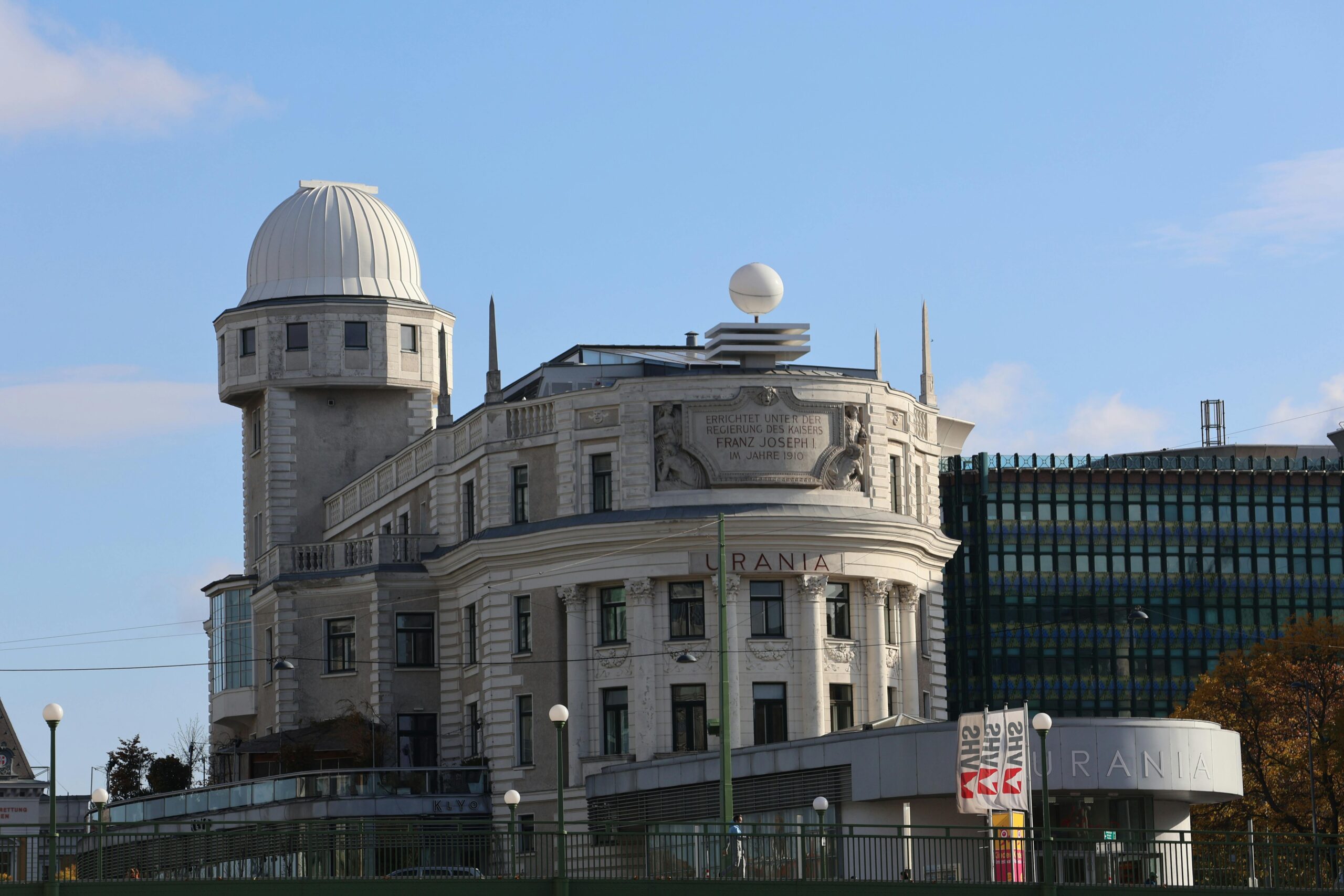The journey toward optimal health and wellness is experiencing a revolutionary transformation through clinical regenerative therapies that harness the body’s innate healing capabilities.
🌱 The Science Behind Regenerative Medicine
Regenerative medicine represents one of the most exciting frontiers in modern healthcare, offering promising solutions for conditions once considered irreversible. This innovative field focuses on repairing, replacing, or regenerating human cells, tissues, and organs to restore normal function. Unlike traditional treatments that primarily manage symptoms, regenerative approaches address the root causes of disease and injury.
The foundation of regenerative medicine rests on understanding how our bodies naturally heal themselves. When we experience an injury, our cells initiate complex biological processes to repair damaged tissue. Scientists and clinicians have developed methods to amplify these natural mechanisms, creating therapies that significantly enhance healing outcomes.
Stem cell therapy, tissue engineering, and platelet-rich plasma treatments exemplify the clinical applications revolutionizing patient care. These technologies leverage biological materials to stimulate repair processes that traditional pharmaceuticals cannot achieve. Research institutions worldwide continue advancing these techniques, expanding treatment possibilities for countless conditions.
💉 Stem Cell Therapy: Unlocking Cellular Potential
Stem cells possess remarkable versatility, capable of developing into various cell types throughout the body. This unique characteristic makes them invaluable for regenerative applications. Clinical protocols now utilize stem cells to treat orthopedic injuries, neurological conditions, cardiovascular disease, and autoimmune disorders.
Mesenchymal stem cells, harvested from bone marrow or adipose tissue, demonstrate particular promise in clinical settings. These cells release growth factors and cytokines that modulate inflammation, promote angiogenesis, and stimulate tissue repair. Patients receiving stem cell treatments for joint degeneration often report significant pain reduction and improved mobility.
The regulatory landscape for stem cell therapy continues evolving as safety and efficacy data accumulate. Reputable clinics follow strict protocols ensuring patient safety while maximizing therapeutic benefits. Understanding the difference between evidence-based stem cell treatments and unproven interventions remains crucial for anyone considering these options.
Types of Stem Cell Applications in Clinical Practice
Different stem cell sources serve distinct therapeutic purposes. Autologous treatments use the patient’s own cells, minimizing rejection risks. Allogeneic approaches utilize donor cells, offering advantages for certain conditions. Embryonic stem cells, while controversial, provide researchers with valuable insights into developmental biology and disease mechanisms.
Recent advances in induced pluripotent stem cells (iPSCs) have opened new possibilities. Scientists can reprogram adult cells to behave like embryonic stem cells, avoiding ethical concerns while maintaining therapeutic potential. This technology accelerates drug discovery and enables personalized medicine approaches tailored to individual genetic profiles.
🔬 Platelet-Rich Plasma: Harnessing Growth Factors
Platelet-rich plasma therapy concentrates healing components from a patient’s own blood, then reintroduces them to injured areas. This autologous approach stimulates tissue regeneration without introducing foreign substances. Athletes frequently utilize PRP treatments to accelerate recovery from sports injuries, though applications extend far beyond athletic medicine.
The procedure involves drawing blood, processing it through centrifugation to concentrate platelets, and injecting the resulting plasma into damaged tissues. Platelets contain numerous growth factors that orchestrate healing processes, including vascular endothelial growth factor (VEGF), transforming growth factor-beta (TGF-β), and platelet-derived growth factor (PDGF).
Clinical evidence supports PRP effectiveness for tendon injuries, osteoarthritis, and certain dermatological conditions. Patients typically experience minimal side effects since the treatment uses their own biological material. Multiple treatment sessions often yield optimal results, with improvements continuing for months following intervention.
🦴 Orthopedic Regeneration: Restoring Mobility and Function
Joint degeneration affects millions worldwide, significantly impacting quality of life. Traditional approaches offered limited solutions beyond pain management and eventual joint replacement. Regenerative orthopedics now provides alternatives that potentially delay or eliminate the need for invasive surgeries.
Cartilage damage particularly benefits from regenerative interventions. Unlike many tissues, cartilage possesses limited self-repair capacity due to its avascular nature. Regenerative techniques introduce cells and growth factors that stimulate new cartilage formation, reducing pain and improving joint function.
Clinical protocols for osteoarthritis increasingly incorporate regenerative elements. Combinations of hyaluronic acid, PRP, and stem cells show synergistic effects exceeding individual treatments. Patients receiving these therapies often experience sustained improvements lasting years, contrasting with temporary relief from conventional injections.
Bone Healing and Fracture Management
Regenerative approaches accelerate bone healing, particularly valuable for complex fractures or non-unions. Bone morphogenetic proteins (BMPs) stimulate osteoblast activity, promoting rapid bone formation. Surgeons now routinely employ these biological agents during spinal fusions and fracture repairs, improving outcomes and reducing recovery times.
Tissue-engineered bone scaffolds provide structural support while encouraging natural bone growth. These biocompatible materials gradually degrade as new bone forms, eliminating the need for subsequent removal procedures. Research continues refining scaffold compositions and architectures to optimize integration and mechanical properties.
🧠 Neurological Regeneration: Hope for Brain and Spine Injuries
The central nervous system was long considered incapable of significant regeneration. Recent discoveries challenge this dogma, revealing neuroplasticity mechanisms and regenerative potentials previously unknown. Clinical applications targeting neurological conditions represent some of regenerative medicine’s most ambitious endeavors.
Stroke patients receiving stem cell therapies show improvements in motor function and cognitive abilities. While complete recovery remains elusive, these treatments offer hope where few options previously existed. Timing appears critical, with earlier interventions generally producing superior outcomes.
Spinal cord injury research demonstrates promising results in animal models and early human trials. Combining cell therapies with rehabilitation protocols maximizes functional recovery. Scientists continue investigating optimal cell types, delivery methods, and adjunctive treatments to enhance regenerative responses.
❤️ Cardiovascular Regeneration: Healing the Heart
Heart disease remains a leading cause of mortality globally. Cardiac tissue possesses minimal regenerative capacity, making damage from heart attacks particularly devastating. Regenerative cardiology seeks to restore cardiac function by regenerating damaged myocardium and improving blood flow.
Cell therapy for heart failure shows encouraging results in clinical trials. Injecting stem cells into damaged heart tissue stimulates angiogenesis and may generate new cardiac muscle cells. Patients receiving these treatments often experience improved ejection fractions and exercise tolerance.
Tissue-engineered heart patches represent another innovative approach. Scientists create functional cardiac tissue in laboratories, which surgeons then implant to replace scar tissue. While still largely experimental, this technology could eventually provide alternatives to heart transplantation for end-stage heart failure.
🌿 Skin Regeneration and Wound Healing
Dermatology embraced regenerative principles early, with applications ranging from cosmetic rejuvenation to complex wound management. Growth factor therapies, cellular treatments, and bioengineered skin substitutes transform how clinicians approach skin repair and rejuvenation.
Chronic wounds, including diabetic ulcers and pressure sores, respond remarkably well to regenerative interventions. Applying growth factors and living cell therapies accelerates healing processes that stalled through traditional approaches. These treatments reduce amputation risks and improve outcomes for vulnerable populations.
Aesthetic medicine increasingly incorporates regenerative technologies. Microneedling with PRP stimulates collagen production, improving skin texture and reducing signs of aging. Fat grafting enriched with stem cells provides natural, long-lasting facial rejuvenation without synthetic fillers.
🔐 Safety Considerations and Clinical Standards
As regenerative medicine expands, maintaining rigorous safety standards becomes paramount. Not all clinics offering regenerative treatments adhere to evidence-based protocols. Patients must carefully research providers, verifying appropriate credentials, regulatory compliance, and treatment transparency.
Legitimate regenerative therapies undergo extensive testing before clinical implementation. Reputable practitioners follow established guidelines, obtain informed consent, and maintain realistic expectations regarding outcomes. Red flags include guaranteed results, extremely high costs, or pressure to proceed quickly without adequate consultation.
Regulatory bodies like the FDA provide oversight for regenerative products and therapies. Understanding which treatments have regulatory approval versus those offered under investigational protocols helps patients make informed decisions. Participating in clinical trials through established research institutions often provides access to cutting-edge therapies with appropriate safeguards.
Understanding Treatment Risks and Benefits
Every medical intervention carries inherent risks that must be weighed against potential benefits. Regenerative therapies generally demonstrate favorable safety profiles, particularly autologous treatments using the patient’s own tissues. However, complications can occur, including infection, pain at injection sites, or unexpected immune responses.
Long-term safety data remains limited for some regenerative applications. Ongoing research continues monitoring patients who received treatments years ago, tracking both sustained benefits and delayed adverse effects. This longitudinal data proves essential for refining protocols and expanding appropriate clinical indications.
💡 The Future of Regenerative Medicine
Technological advances continue accelerating regenerative medicine’s evolution. Three-dimensional bioprinting enables creation of complex tissue structures with precise cellular arrangements. This technology may eventually produce functional organs for transplantation, eliminating donor shortages and rejection concerns.
Gene editing tools like CRISPR offer unprecedented precision for correcting genetic defects underlying many diseases. Combining gene therapy with regenerative approaches creates powerful synergies, potentially curing conditions previously manageable only through lifelong treatment.
Artificial intelligence and machine learning optimize regenerative protocols by analyzing vast datasets to identify patterns predicting treatment success. These computational tools help match patients with therapies most likely to benefit them, personalizing medicine at unprecedented scales.
🌟 Integrating Regenerative Medicine into Comprehensive Wellness
Regenerative therapies achieve maximum effectiveness when combined with healthy lifestyle practices. Nutrition, exercise, stress management, and adequate sleep all influence the body’s regenerative capacities. Clinicians increasingly adopt holistic approaches that address multiple factors affecting health and healing.
Anti-inflammatory diets rich in antioxidants support cellular repair processes. Regular physical activity maintains tissue health and promotes circulation essential for delivering regenerative factors to injured areas. Chronic stress impairs healing, making stress reduction techniques valuable adjuncts to regenerative treatments.
Sleep quality profoundly impacts regenerative processes, as many repair mechanisms activate during rest. Patients undergoing regenerative therapies should prioritize sleep hygiene to maximize treatment benefits. This integrated approach recognizes that optimal outcomes require addressing the whole person rather than isolated symptoms.
🎯 Accessing Regenerative Treatments: What Patients Should Know
Navigating regenerative medicine options can feel overwhelming given rapid developments and varying availability. Starting with thorough consultations with qualified specialists helps patients understand which treatments might benefit their specific conditions. Board-certified physicians specializing in regenerative medicine provide evidence-based guidance tailored to individual circumstances.
Insurance coverage for regenerative therapies remains inconsistent, with many treatments considered experimental despite growing clinical evidence. Patients should inquire about costs upfront and explore all payment options. Some providers offer financing plans making treatments more accessible.
Clinical trials provide opportunities to access cutting-edge therapies at reduced or no cost while contributing to medical knowledge. Resources like ClinicalTrials.gov list ongoing studies recruiting participants for various regenerative medicine investigations. Participation requires meeting specific eligibility criteria and accepting certain study-related requirements.

🚀 Empowering Your Regenerative Journey
The regenerative medicine revolution places unprecedented healing power within reach for countless individuals suffering from conditions once considered untreatable. Understanding available options, identifying qualified providers, and maintaining realistic expectations enables patients to make informed decisions about incorporating these therapies into their health journeys.
Continuous research expands regenerative medicine’s boundaries, bringing hope to patients worldwide. As scientific understanding deepens and technologies advance, the distinction between managing disease and actually curing it continues blurring. This paradigm shift represents one of medicine’s most exciting developments in generations.
Taking charge of your health through regenerative approaches requires partnership between motivated patients and skilled practitioners. By combining cutting-edge clinical applications with healthy lifestyle choices, individuals can optimize their body’s natural healing capacities, achieving revitalization and renewal that enhances both longevity and quality of life.
Toni Santos is a longevity writer and regenerative medicine researcher dedicated to exploring how biology, technology, and ethics can extend healthspan. With a focus on cellular repair and anti-aging biotechnology, Toni examines how next-generation therapies translate lab breakthroughs into real-world vitality. Fascinated by stem cell science, telomere dynamics, and systems biology, Toni’s journey bridges research reviews, expert interviews, and clear public communication. Each article he shares aims to separate evidence from hype—helping readers understand what’s promising, what’s premature, and what truly supports long-term health. Blending molecular biology, clinical insight, and accessible storytelling, Toni investigates interventions that target the root drivers of aging. His work honors responsible innovation—prioritizing safety, transparency, and human wellbeing in the pursuit of extended healthspan. His work is a tribute to: Anti-aging biotechnology grounded in rigorous evidence Cellular rejuvenation pathways that restore function and resilience Stem cell and telomere research advancing ethical longevity care Whether you’re a clinician, researcher, or health enthusiast, Toni Santos invites you to explore the frontiers of regeneration—one discovery, one mechanism, one healthier year at a time.




